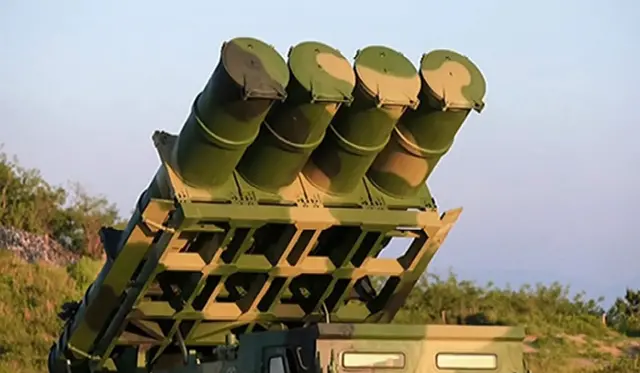Mike Riley has said that while Video Assistant Referees are not intended to make refereeing decisions 100% accurate, the game’s newest technological innovation will be viewed positively if it leads to a 2% reduction in errors by officials.
Mike Riley with Owen Hargreaves. Riley is now the director of Professional Game Match Officials Limited, which is introducing VAR in two cup ties this week. Photograph: Tom Jenkins for the Guardian
VAR is set to make its debut in English club competitive matches this week, first in Monday’s FA Cup tie between Brighton & Hove Albion and Crystal Palace and then in Wednesday’s Carabao Cup semi-final between Arsenal and Chelsea, and before its trial run the authorities were keen to point out that the system is not supposed to usher in perfection. Instead Riley, the director of Professional Game Match Officials Limited, said experiments have shown that it is on average required only every two or three games and qualified his target of 2% by saying that select group referees currently get 96% of decisions correct.
“If we’re saying that 4% of decisions are wrong, a 2% improvement is good for the game,” Riley said. “As long as we don’t increase interference.”
Critics believe that too much technology will lead to too many stoppages during games, disrupting football’s natural flow. However, Riley stressed at a media demonstration that VAR will focus on “clear and obvious” errors, noting that the aim is for “minimum interference, maximum benefit”.
Instead of checking every debatable decision or off-the-ball incident, the system will mainly be called upon for mistakes that are black and white. To minimise disruption, VAR will focus on checking four match-changing situations: whether a goal should stand, penalty awards, direct red cards and mistaken identity.
A line has been drawn at checking the merits of a second yellow card, while a booking can be given only if replays show a player has dived to win a penalty, scored with a deliberate handball or provoked an opponent into committing a red-card offence. Simulation outside the area will not be looked at, meaning that Jack Wilshere would not have run the risk of being sanctioned by VAR for his apparent dive in Arsenal’s draw with Chelsea last Wednesday.
Goals will be checked for offside, a foul in the build-up or the ball going out of play. VAR cannot intervene once a new attacking phase has started and clubs have said that they do not want goals to be ruled out for a foul at the other end of the pitch.
An example was Son Heung-min’s equaliser for Tottenham Hotspur against West Ham United on Thursday. The move began when Serge Aurier appeared to catch Manuel Lanzini in Tottenham’s half, but VAR would not be used here as it was a 50-50 challenge rather than a clear and obvious error.
The message is to leave it if it is not clear and obvious. Referees have been told to continue as normal, especially as they have no recourse to call for a review, and players will need to play to the whistle instead of assuming that VAR will come to their aid. Riley, who insisted that linesmen will not be rendered obsolete by the system, said referees will need to relearn their skills. If they see the linesman’s flag go up for offside, for instance, is it worth delaying a whistle?
That was an acknowledgement that there will be imperfections at first. However, Riley said that the time has come for live tests after 18 months of planning. “This will be really good for football when we’ve worked through it and ironed out all the subtleties,” Riley said. “This is a journey and we’re at the start of it. It will take two or three years for it to benefit football.
“We can’t out of this make football the perfect game. If, as this progresses, the game as a whole says here is a situation where we can intervene, we’ll look at it. But we’re not there yet.”
VAR, which has been used in Australia, Germany, Italy and the United States, will be restricted to the two cup competitions for now and is currently available only at Premier League grounds, meaning that it will not be in place for either leg of Manchester City’s Carabao Cup semi-final legs against Bristol City. Andre Marriner is the on-field referee at the Amex Stadium on Monday night and Neil Swarbrick, who will be based in a video operations room at a studio in west London, will be watching on a screen and offering assistance.
A small screen between the dugouts called the referee review area (RRA) will allow for two types of reviews. A VAR-only review might look at non-subjective incidents such as offside or mistaken identity, but the on-field referee can also use the RRA for subjective incidents such as red cards or penalty decisions. A direct communication link between the officials will enable Swarbrick to advise Marriner when a decision needs to be checked.
The on-field referee will make a square signal to indicate that VAR is being used and Riley, who visited Brighton and Palace’s training grounds on Friday, confirmed that players and managers will be punished for trying to influence VAR decisions.
Players will be booked for gesturing for VAR aggressively, just as they would be for asking for an opponent to be cautioned, while nobody but the referee will be allowed in the area around the RRA. Managers would get a warning for an inquisitive look in the early stages but deliberate encroachment would lead to them being sent to the stands.
(GUARDIAN)
 简体中文
简体中文

